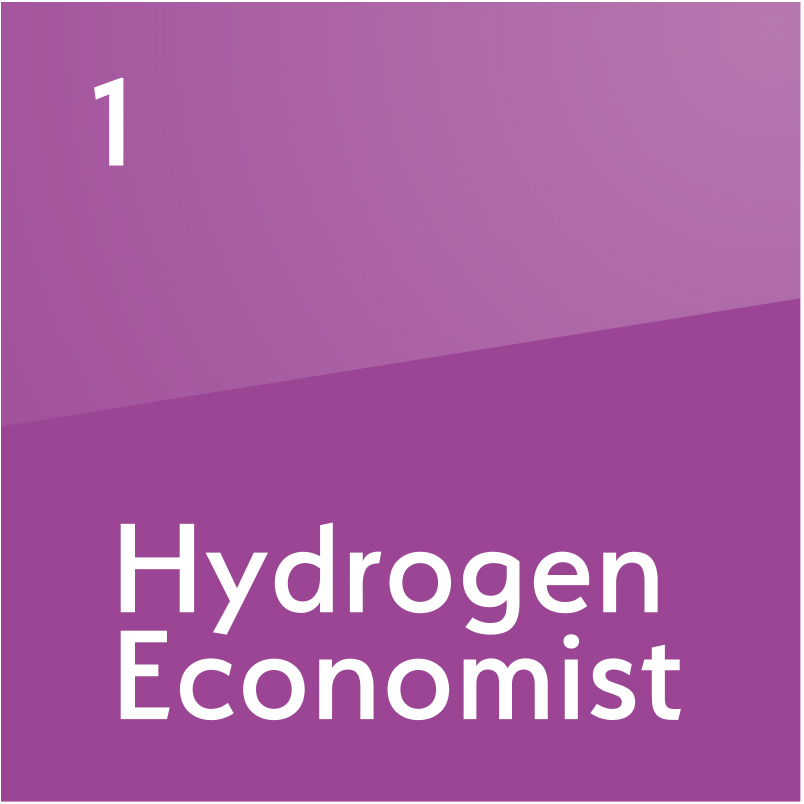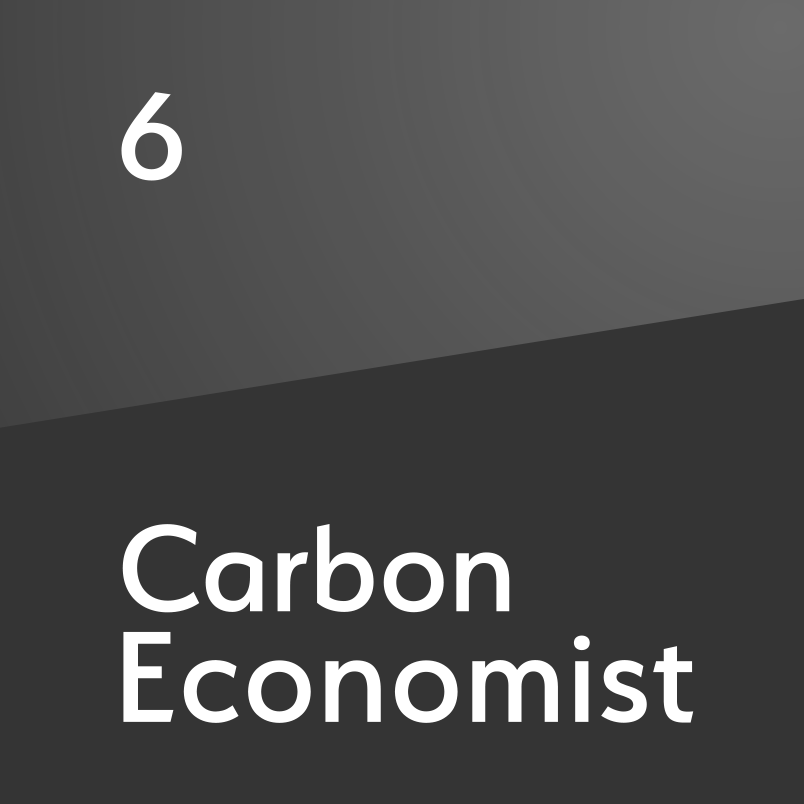The Mideast's gas paradox
It is home to the world's biggest exporter—and also some of its fastest-growing consumers. Yet intra-regional trade remains thin
The Middle East's transformation from swaggering liquefied natural gas-export hub to insurgent global demand hub continues apace. With domestic demand for gas pushing ever higher, the region's tight band of long-term importing countries—the UAE, Kuwait and Israel—has been expanded in the past couple of years with new entrants Jordan and Egypt. The latter two were among the fastest-growing LNG importing countries last year, amid a rapid deployment of floating storage and regasification units (FSRUs) starting in 2015. FSRUs have enabled the Middle East's new LNG importers to capitalise on fluctuating price trends. The region's apparently insatiable appetite for spot LNG cargoes has played a la

Also in this section
22 October 2024
Angola is unlikely to meet the official timeline for an IPO of state-owned oil giant Sonangol in 2026
21 October 2024
Companies operating offshore assets in the region are unlikely to halt development plans for now, even as hostilities intensify
21 October 2024
For the tanker market, recent escalation in the Mideast conflict has largely been offset by soft fundamentals
21 October 2024
Gulf Energy Information will host the largest women's event in the energy industry on 19–20 November in Houston, Texas







